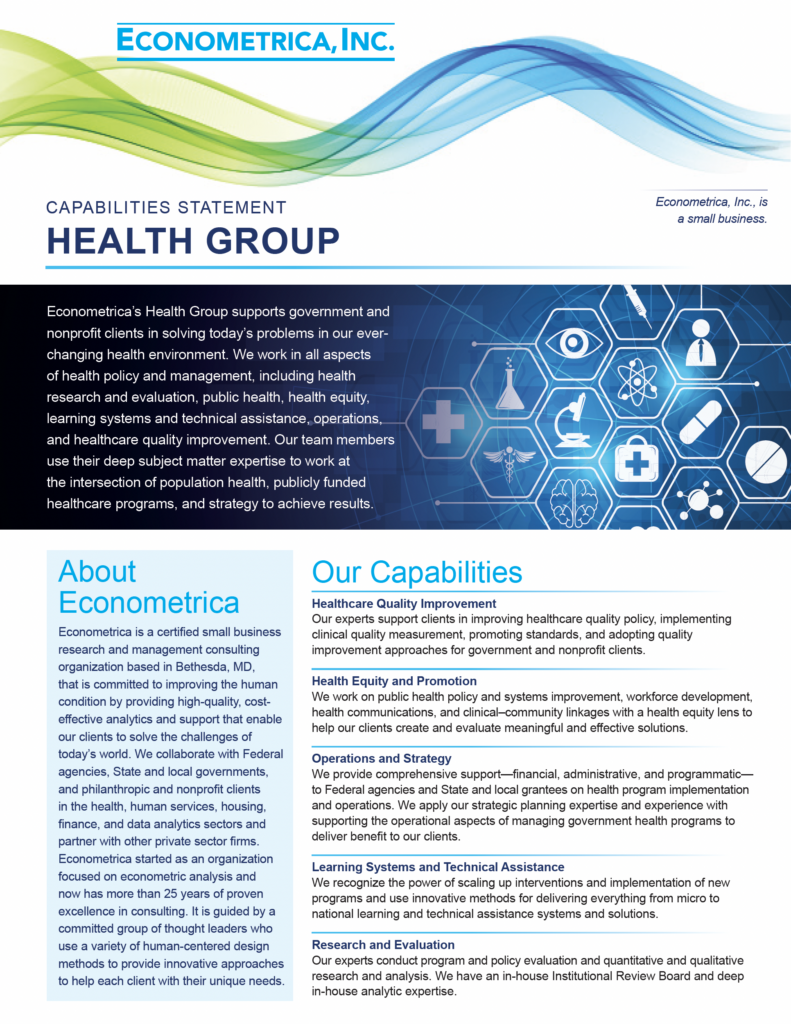CMS Updates Data Snapshot Showing COVID’s Impact on Beneficiaries
The Centers for Medicare & Medicaid Services recently released an updated data snapshot detailing the impact of the COVID-19 pandemic on Medicare beneficiaries. Among the findings:
- Medicare fee-for-service spending associated with COVID hospitalizations rose to $10.3 billion.
- The rate of cases in rural areas (4,271 per 100,000) outpaced those in urban areas (4,151 per 100,000) for the first time.
- The pandemic continues to hit certain populations harder than others, including American Indian/Alaska Native beneficiaries (2,393 per 100,000), African-American beneficiaries (1,937 per 100,000), and Hispanic beneficiaries (1,617 per 100,000).
“Although the snapshot data suggests COVID-19 continues to impact certain populations disproportionately, it also points to the importance of COVID-19 vaccines and other opportunities for prevention and treatment in disadvantaged groups.”
The snapshot includes data for services provided from January 1, 2020, to December 26, 2020.
More information can be found here:
The pandemic continues to hit certain populations harder than others, including American Indian/Alaska Native beneficiaries, African-American beneficiaries, and Hispanic beneficiaries.
Work With Us, Work for Us
Econometrica specializes in research and management across numerous industries in both the public and private sectors. We are always looking to hire the best and brightest in data science, health, grants management, energy, homeland security, housing and community development, capital markets and finance, and transportation. We work as the lead service provider, and also as a capable outsource partner to other consultancies. To work with us on your next project, visit us online and email a member of our executive staff in your preferred specialty. To explore the benefits of working for us, visit our careers page.








